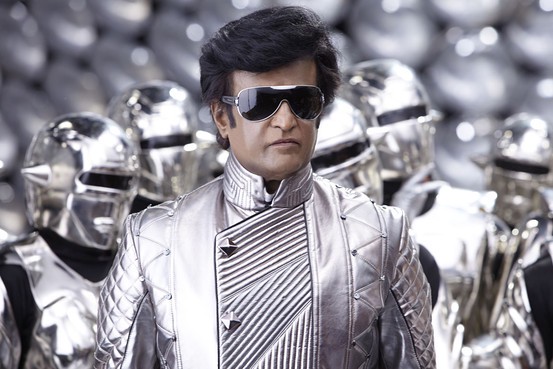Things have changed now.
What has happened in India over the course of the last four years has been amazing – data packages have become cheaper and smartphones have become less of a luxury and more of a staple item. For a majority of people, WhatsApp has been their first exposure to the internet and a smartphone has been the medium to access it.
In India, WhatsApp isn’t a feature or an app like Uber or Swiggy but rather a basic utility like Internet or cell reception.
Its uncommon to hear of someone who doesn’t have Whatsapp. After all, its become the single channel of communication between friends and family on a daily basis. The phrase “WhatsApp me” has replaced the phrase “call me” or “message me” for millions of Indians.
What amazes me is the fact that knowingly or unknowingly we have been interacting with a number of small and medium businesses over WhatsApp. Whether it’s about ordering groceries from the local kiranawala or booking an appointment at your nearby salon, you can get a fair number of services over WhatsApp. Business owners have begun to realize the value of this customer acquisition/support channel and have been making an effort to leverage it.

Websites, mobile apps and phone calls are other means to interact with businesses but often times the experience is met with a lot of friction. Mobile websites are slow and clunky, apps occupy a good amount of space on your mobile device and no one wants to wait on yet another customer support call.
Messaging seems to solve most of these problems – its convenient, offers a great user experience and does not require another app download. It also works across multiple devices. However, personalized messaging is not scalable when you’re dealing with hundreds of customers at the same time. And adding more people to take care of increasing customer requests just adds cost.
A natural progression of this is to automate structured conversations.
And that’s where Chatbots come into picture.
Chatbots are essentially apps that talk back to the user. You can build them across a whole host of existing platforms — Messenger, Kik, Telegram, and even the web-browser — so users don’t require a new app to use them. They are optimized for mobile use, they never tire and require little to no maintenance.
This chatbot for example helps you order a pizza.
In the rest of the world, chatbots may be a fad that could die out soon. For India though, chatbots have the potential to revolutionize the way we use the Internet.

Ish is the co-founder at Tars. His day-to-day activities primarily involve making sure that the Tars tech team doesn’t burn the office to the ground. In the process, Ish has become the world champion at using a fire extinguisher and intends to participate in the World Fire Extinguisher championship next year.

0 Comments on "Why India is ready for the Chatbot Revolution"